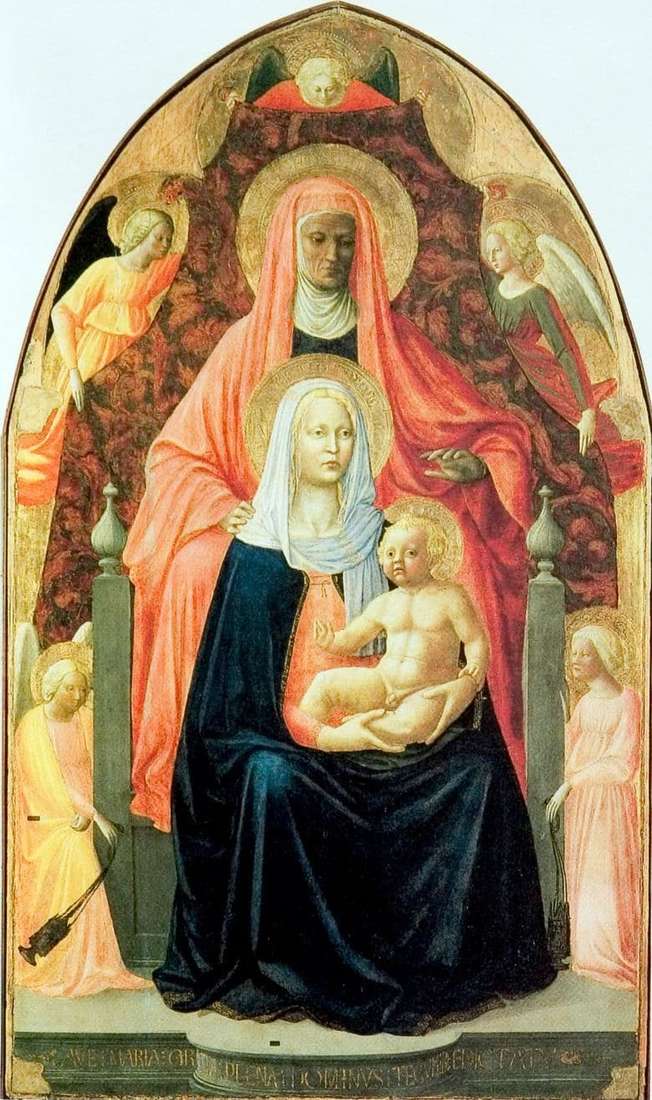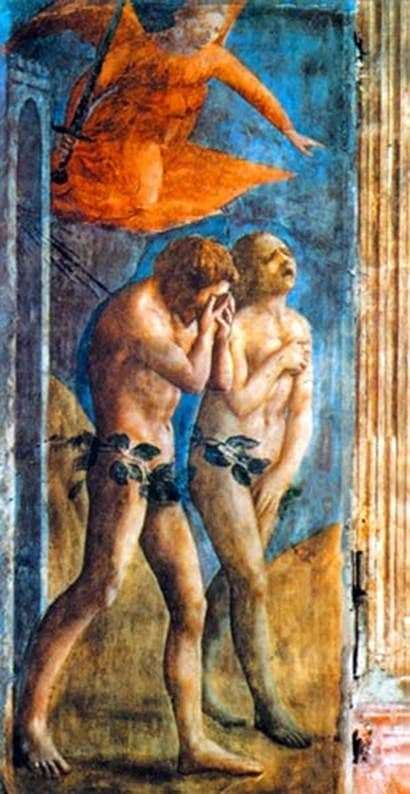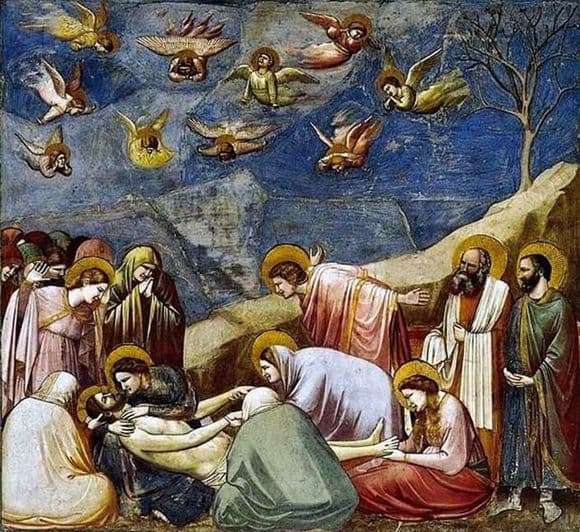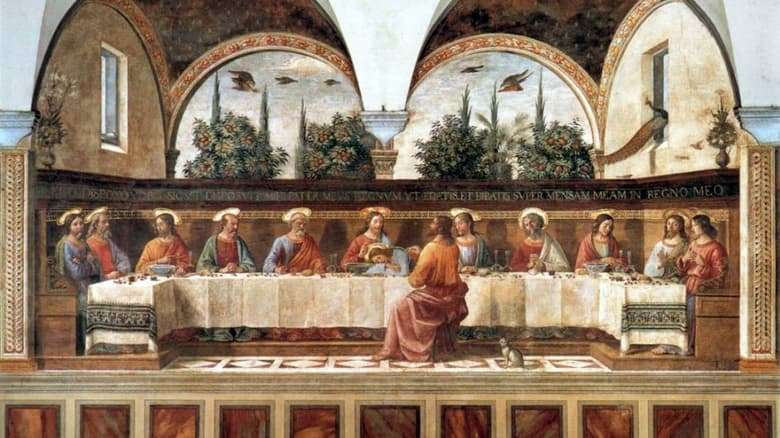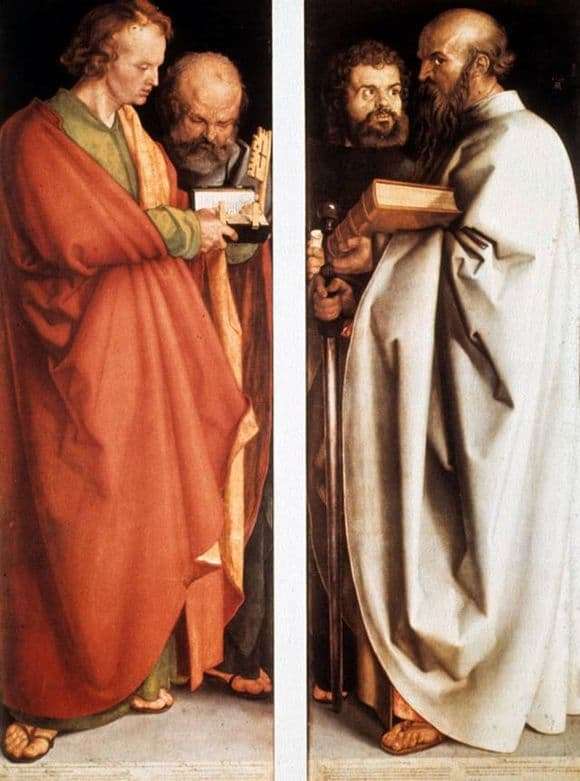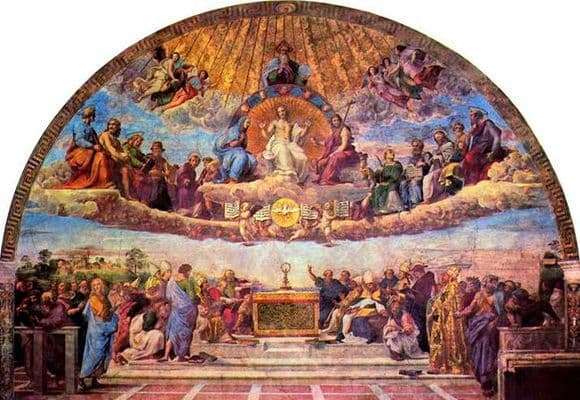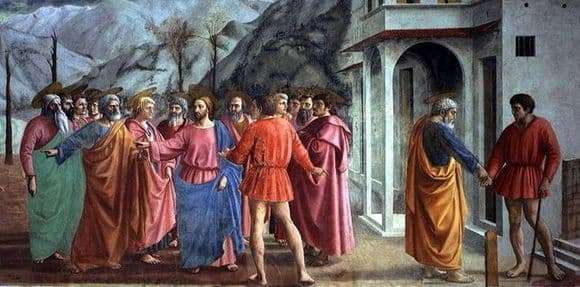
This mural is considered the best. Sometimes it is called “Submit.”
This episode Masaccio took from the Gospel. Christ traveled with his apostles to different cities. Once they come to Kapranum. Before entering, it was necessary to pay only one stater. But those who came had no money at all. Christ gave the order to Peter. It was necessary to catch a fish, and then from it to get the coveted statir.
A whole series of interconnected episodes passes in front of the viewer. We see Christ in the center. He was surrounded by the apostles. He points Peter to what needs to be done. On the left side we see Peter, who is fishing. On the right side, Peter is already giving the stater to the tax collector.
Many researchers wondered why Masaccio decided to include this story in the cycle of his frescoes. This episode was interpreted differently. It seems that the artist specifically emphasizes the legitimacy of such taxes. The plot was included in the cycle of frescoes because just at that time there was a debate about tax reform. The cadastre, which established taxation in a more equitable form, was adopted in 1427.
All figures are lined up. The group of apostles forms a semicircle. According to researchers, it clearly comes from antiquity. At the time of antiquity, Socrates and his disciples were depicted this way. Then they began to depict Jesus in the art of early Christianity. Later the circle became a symbol of completeness and perfection.
Each character is individual. The viewer sees a bright embodiment of the characters. All figures are dressed in tunics, as in ancient times. One Peter took off his tunic, as he was afraid to get it dirty while fishing. All poses of characters are similar to poses of statues.
Masaccio not by chance used a rare plot. The composition is made in such a way that the action seems continuous. Juicy colors are amazing.
This is really the best creation of Masaccio.
Description of the fresco by Masaccio “Miracle with a Statyr”
